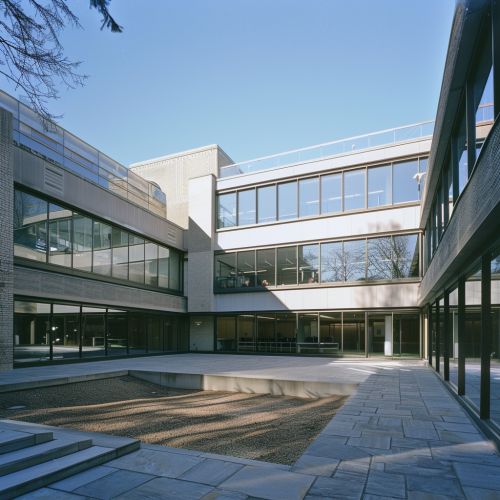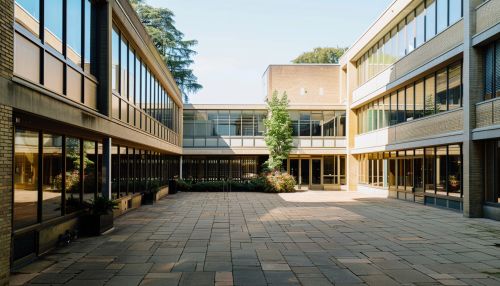Cavendish Laboratory
History
The Cavendish Laboratory is a department of the University of Cambridge's School of Physical Sciences and is named after the British chemist and physicist, Henry Cavendish. The laboratory was established in the later part of the 19th century, specifically in the year 1874. The funds for its establishment were generously provided by William Cavendish, 7th Duke of Devonshire, who was a graduate and later chancellor of the university.


The laboratory has been the birthplace of many significant discoveries in the field of physics. The discovery of the electron by J.J. Thomson and the discovery of the neutron by James Chadwick are among the most notable. The laboratory has also been the workplace of many Nobel laureates in Physics, further cementing its place in the annals of scientific history.
Facilities and Research
The Cavendish Laboratory houses a number of research groups, each focusing on a specific area of physics. These groups include the Semiconductor Physics Group, the Quantum Matter Group, the Biological and Soft Systems Group, and the Polaron Physics Group, among others. These groups are equipped with state-of-the-art facilities to conduct their research.
The laboratory also boasts a well-equipped library, known as the Rayleigh Library. This library is home to a vast collection of books and journals related to physics and is regularly updated to include the latest publications in the field.
Contributions to Physics
The Cavendish Laboratory has made numerous contributions to the field of physics. The discovery of the electron by J.J. Thomson in 1897 was a groundbreaking achievement that opened up new avenues in the study of atomic structure. This was followed by the discovery of the neutron by James Chadwick in 1932, which furthered our understanding of the atomic nucleus.
The laboratory has also made significant contributions to the field of semiconductor physics. The development of the quantum well laser, a type of semiconductor laser, is one such contribution. This technology has found applications in various fields, including telecommunications and medicine.
Notable People
Over the years, the Cavendish Laboratory has been home to many notable scientists. These include J.J. Thomson, who discovered the electron, and James Chadwick, who discovered the neutron. Other notable scientists who have worked at the laboratory include Ernest Rutherford, who is known for his pioneering work in nuclear physics, and Max Born, who made significant contributions to quantum mechanics.
